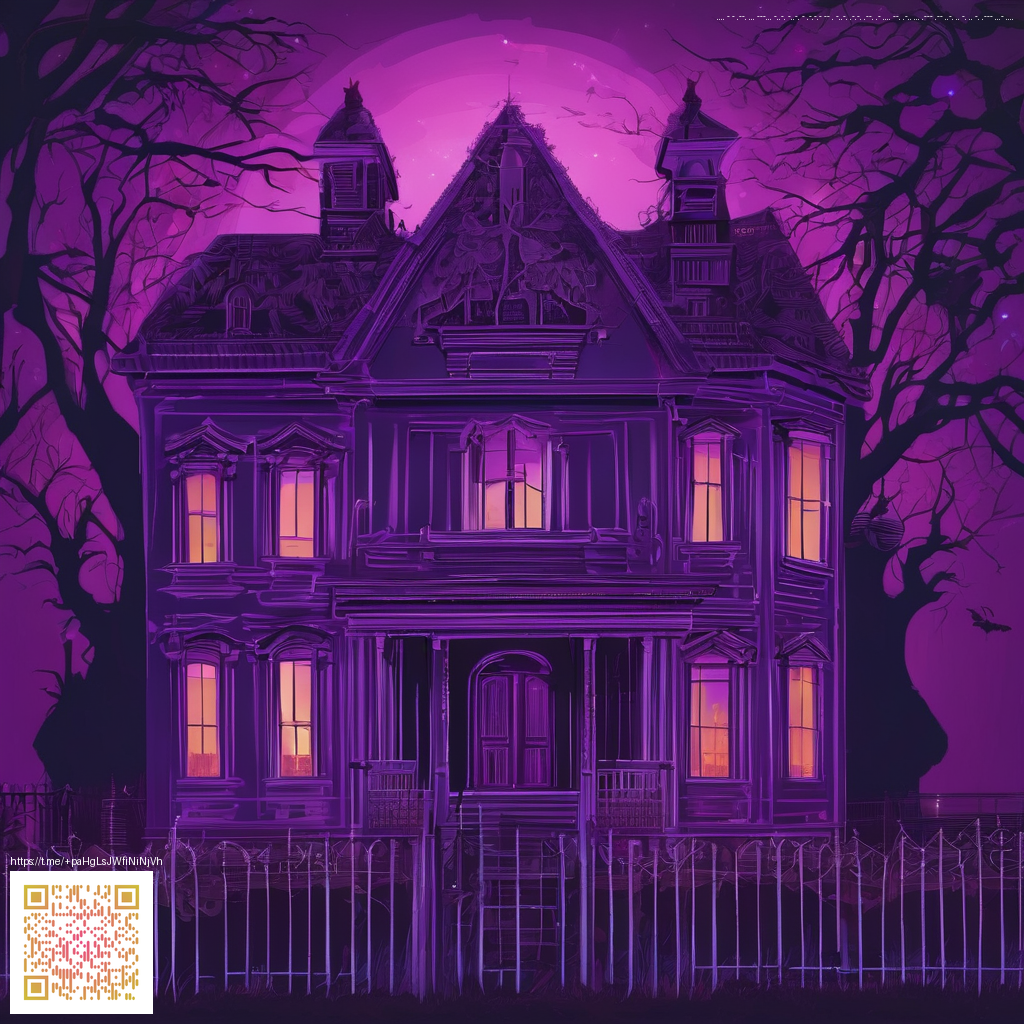
Designing Realistic Minecraft Maps for Immersive Adventures
Realism in Minecraft map design is less about perfect photorealism and more about creating a convincing world that invites players to explore, imagine, and tell stories. When terrain feels plausible, lighting feels intentional, and textures align with the environment, players subconsciously suspend disbelief and become fully invested in the journey. The magic happens when elevation, water, vegetation, and weather work together to guide attention and pace rather than overwhelm it.
Realism isn’t just about copying nature; it’s about crafting a world where the rules are clear, consistent, and compelling enough to make every corner feel worth exploring.
Key Elements of Realistic Maps
- Terrain variation: Gentle hills, plateaus, and carved valleys create a believable landscape. A mix of high and low points adds drama without sacrificing navigability.
- Biomes with purpose: Biomes should feel distinct yet cohesive, with transitions that read as natural rather than abrupt.
- Hydrology: Rivers, lakes, and coastlines should follow logical paths, with tributaries feeding into larger bodies of water.
- Vegetation and texture placement: Plants should cluster in believable densities, respecting climate, soil, and sunlight. Layered textures prevent flat, repetitive surfaces.
- Lighting and atmosphere: Time-of-day shifts, shadows, and ambient glow contribute to mood and readability, guiding players through scenes without shouting for attention.
- Human scale and features: If your map includes settlements or landmarks, ensure scale consistency and purposeful placement to tell a story about who lived there and why.
Techniques and Workflow for Realism
A practical workflow starts with a clear concept and a rough layout before diving into finer details. Artists often begin with conceptual sketches or heightmaps to establish elevation and major landforms. Tools like World Painter or heightmap-based editors help shape geography quickly, while in-game testing ensures that the terrain remains playable as you refine textures and lighting. Iterate—design, test, refine—until the terrain supports your narrative rather than competing with it.
Texture, light, and atmosphere are the trio that seals the illusion. Use cohesive resource packs and shader configurations to reinforce a consistent look across biomes. Subtle post-processing—vignetting, bloom in the right places, and color grading—can unify disparate regions into a single, believable world. As you layer these elements, you’ll notice how small adjustments to scale, contrast, and texture density create a surprising depth of realism.
“Immersion grows when the map tells a story through its terrain, lighting, and pacing—without demanding the player's attention.”
Workspace and Gear for Prolonged Mapping Sessions
Long creative sessions demand a setup that stays comfortable as ideas flow. A reliable, non-slip surface helps maintain precision during cursor work, sketching, and tile placement. For many builders, a practical accessory is the Custom Neoprene Mouse Pad — Round or Rectangular (Non-Slip), which keeps your control consistent across extended sessions. A durable pad can reduce fatigue and support steady hand movements as you polish elevations and cave systems.
Beyond hardware, a well-organized digital workspace matters. Keep a modular checklist of steps—terrain planning, biome palette curation, water and lighting passes, and final polish passes. Documenting decisions helps teammates understand the map’s evolution and maintains a cohesive direction throughout development. If you’re curious to dive deeper into practical approaches, you can review related insights here: our reference guide.